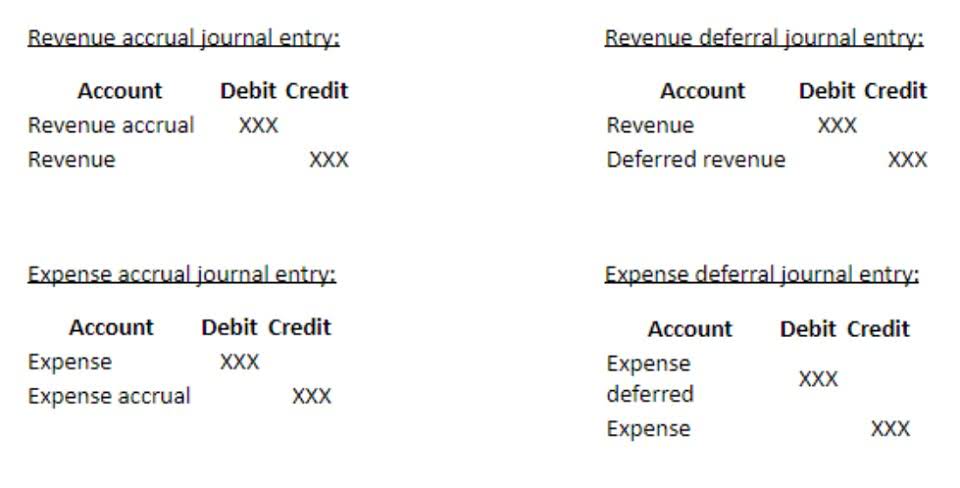Indirect Costs: Definition & Examples

Indirect costs can be https://www.bookstime.com/ more challenging to track than direct costs since they are not directly tied to specific projects or clients. However, understanding these expenses is essential to pricing services accurately and estimating project costs correctly. By tracking their indirect costs, freelancers can better understand their business’s overall profitability and make informed decisions about pricing, investment, and cost management strategies. Indirect costs have significant financial implications for businesses, affecting profitability, pricing strategies, and overall financial health.

What are Facilities and Administrative Costs?
Due to rising regulatory compliance costs, institutional support for research has increased while the federal government’s share has decreased. Any cuts to F&A reimbursement would cripple our nation’s research and innovation enterprise. Indirect costs refer to expenses that are necessary to support research but are not easily linked to a specific research project. Indirect costs are sometimes called Facilities and Administrative (F&A) costs or overhead costs. For example, factory overhead costs can be apportioned to each unit produced by the total number of products manufactured, or based on the number of hours it took to manufacture each product. This helps a company to calculate the overhead cost per unit so that prices can be set accordingly to ensure a profit is made on each product even after incorporating all indirect expenses.
Examples of Indirect Costs

Direct costs can be either fixed or variable, depending on the nature of the cost. For example, the cost of raw materials may vary based on the volume of production, making it a variable direct cost. On the other hand, the salary of a full-time employee directly involved in production would typically be a fixed direct cost. Each year, the College of Liberal Arts and Sciences receives a significant portion of the indirect cost returns (ICR; also referred to as F&A) generated by its faculty’s grant expenditures as part of its General Fund budget. All of this amount, and typically more, is deployed by the College for research-related expenses such as startup packages, cost shares, bridge funds, renovations, shop subsidies, and its Grant Support Office.

How we ensure our content is accurate and trustworthy?
Correct allocation of direct and indirect costs leads to more accurate and transparent budgeting, forecasting and cash flow planning, as well as reporting for management and indirect costs are also referred to as costs. financial purposes. Knowing how to allocate indirect and direct expenses can help you price services or products competitively and profitably. But you can dig deeper to see the actual labor per product using an activity-based costing system to allocate indirect overhead expenses.

Types of Indirect Costs
- However, with grantor approval, unrecovered indirect costs may be used to fulfill cost sharing requirements.
- Regardless of the nuanced differences, the fact remains that both direct and F&A costs are necessary and real research expenses.
- In academia, grants require precise indirect costs to cover facility and administrative expenses, which aids in budget formulation for projects.
- Mismanagement of these costs can lead to inaccurate financial reporting and misguided decision-making.
- It is also possible that one type of cost within the same organization may be considered as a direct cost for one product while at the same time may be considered an indirect cost for another department or product.
Understanding the true total cost of producing goods and services enables a business to make sound decisions, particularly in the areas of pricing, budgeting, operational efficiency, and taxation. Profit margins serve as a good measure of how efficient and profitable a company is at providing its products and services. This guide provides definitions and examples of direct and indirect expenses while explaining what distinguishes them and why they matter.
- Indirect costs are also recorded in the company’s income statement like direct cost which is normally in the cost of goods sold while indirect costs are normally recorded in the general and administrative expenses.
- Indirect variable cost is not directly related or traceable to each unit of the product but it varies as per the output, for e.g. electricity bill in the manufacturing industry.
- In construction, the costs of materials, labor, equipment, etc., and all directly involved efforts or expenses for the cost object are direct costs.
- For example, if an employee is hired to work on a project, either exclusively or for an assigned number of hours, their labor on that project is a direct cost.
- Fixed indirect costs include expenses such as rent; variable indirect costs include fluctuating expenses such as electricity and gas.
A. Common Examples
If you’re not familiar, cost allocation refers to the methods of assigning a cost to the right business area. Activity-based-costing (ABC) is a term often used interchangeably with cost allocations (although they are related and not the same). Cost allocations are deployed in order to form a detailed understanding of what it costs to provide a service, to make a product, or to carry out a project. Accurate cost allocation is critical for organizations of all sizes to make informed decisions, and are a key part of management accounting. Every few years, Emerson College is required to negotiate the Facilities and Administrative (F&A) rates it uses in grants and contracts with the Federal Government. In addition to indirect costs, this also includes the fringe benefits rates that may be used for salaries charged to federal grants and contracts.
Which of the following headings is not part of the ‘cost of manufacturing’ calculation? (a)…
The IRS requires businesses to separate the costs of goods sold from operating expenses and to enter the amounts on different lines and sections. Indirect costs are costs that are not directly accountable to a cost object (such as a particular project, facility, function or product). Some indirect costs may be overhead, but other overhead costs can be directly attributed to a project and are direct costs. Indirect costs are essential for supporting overall business operations, ensuring accurate financial reporting, and effective budgeting. While they present challenges in cost allocation, proper management ensures operational efficiency and financial stability. This document provides introductory guidance to NEH applicant and recipient organizations on calculating indirect costs as part of an NEH grant or cooperative agreement application budget.
- Identifying these pitfalls early and implementing regular reviews can prevent financial mismanagement.
- A comprehensive analysis of indirect costs might involve advanced allocation methods like activity-based costing (ABC).
- Fact – Lower F&A costs do not mean more money for research; instead, they represent a reduction in the funds available to support the broader research infrastructure and administrative needs of an institution.
- When calculating indirect costs in a proposal budget, it is important to consider both the indirect cost rate and the indirect cost base.
- The previous attempt to cap NIH costs back in February was challenged in court and the existing rate was extended indefinitely.
A. Traditional Allocation
For instance, integrating efficient payroll and fringe benefits management can lead to smoother operations and happier employees. Proper management of administrative expenses can lead to increased efficiency and streamlined operations, translating into long-term financial savings. While direct costs are easy to trace to a specific product or service, indirect costs require a cost allocation system to distribute expenses across various departments or projects. This allocation is based on criteria such as square footage (for rent) or headcount (for administrative salaries). Understanding direct and indirect costs is essential for effective cost accounting, budgeting, and financial decision-making.
These costs are necessary for the overall production process but are not easily traced to individual units produced. Examples of indirect manufacturing costs include utilities, maintenance, depreciation of equipment, and salaries of production supervisors. Ultimately, cost allocation is more than just an accounting exercise, it is a tool for financial decision-making. Accurately QuickBooks allocated costs provide a clear picture of profitability, inform pricing strategies, and guide resource allocation.
This Post Has 0 Comments